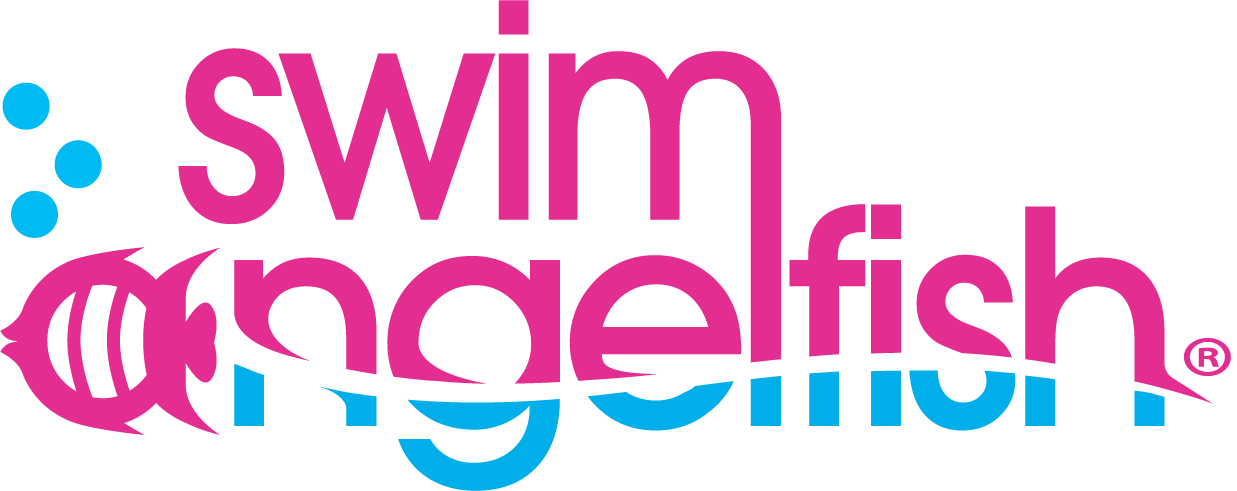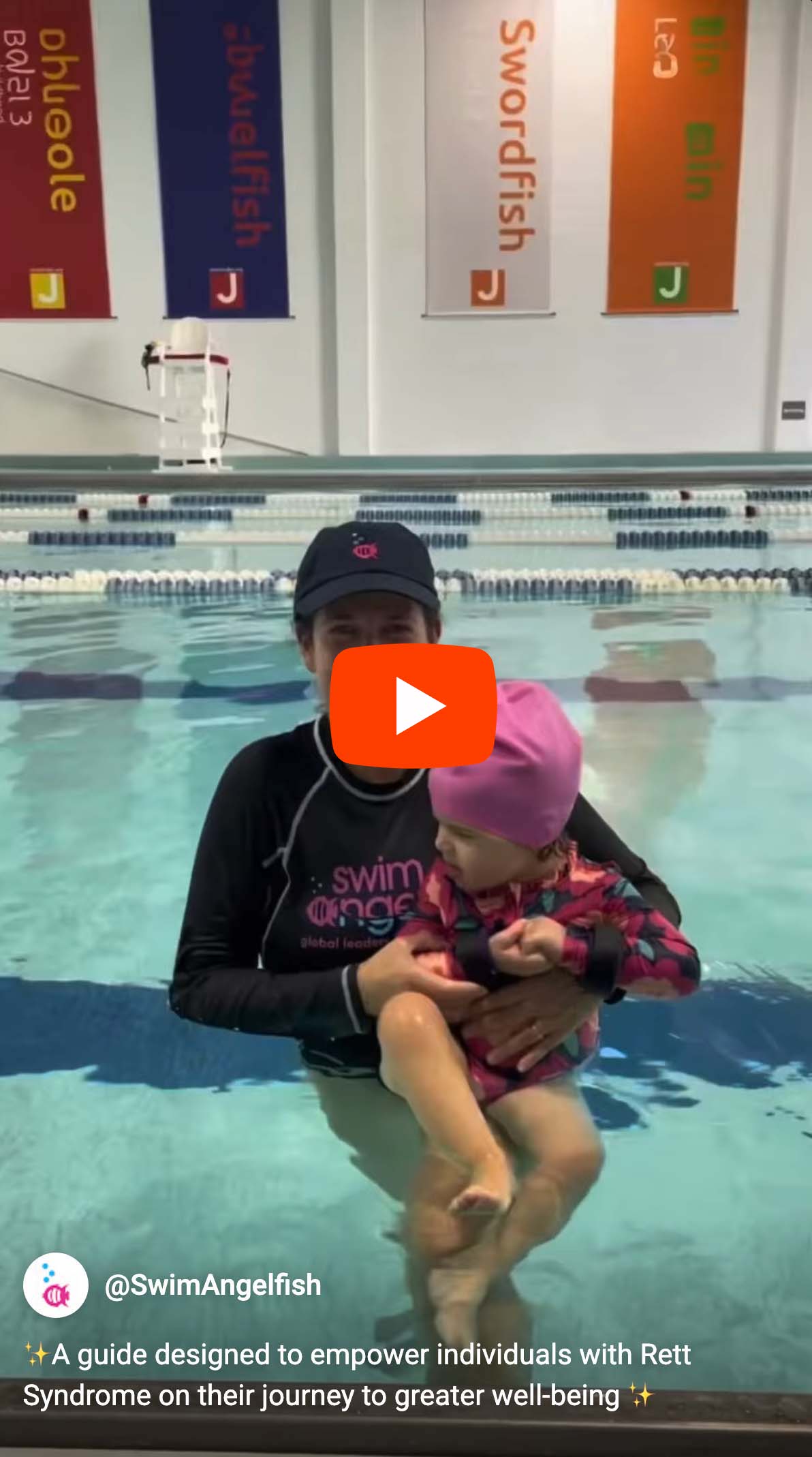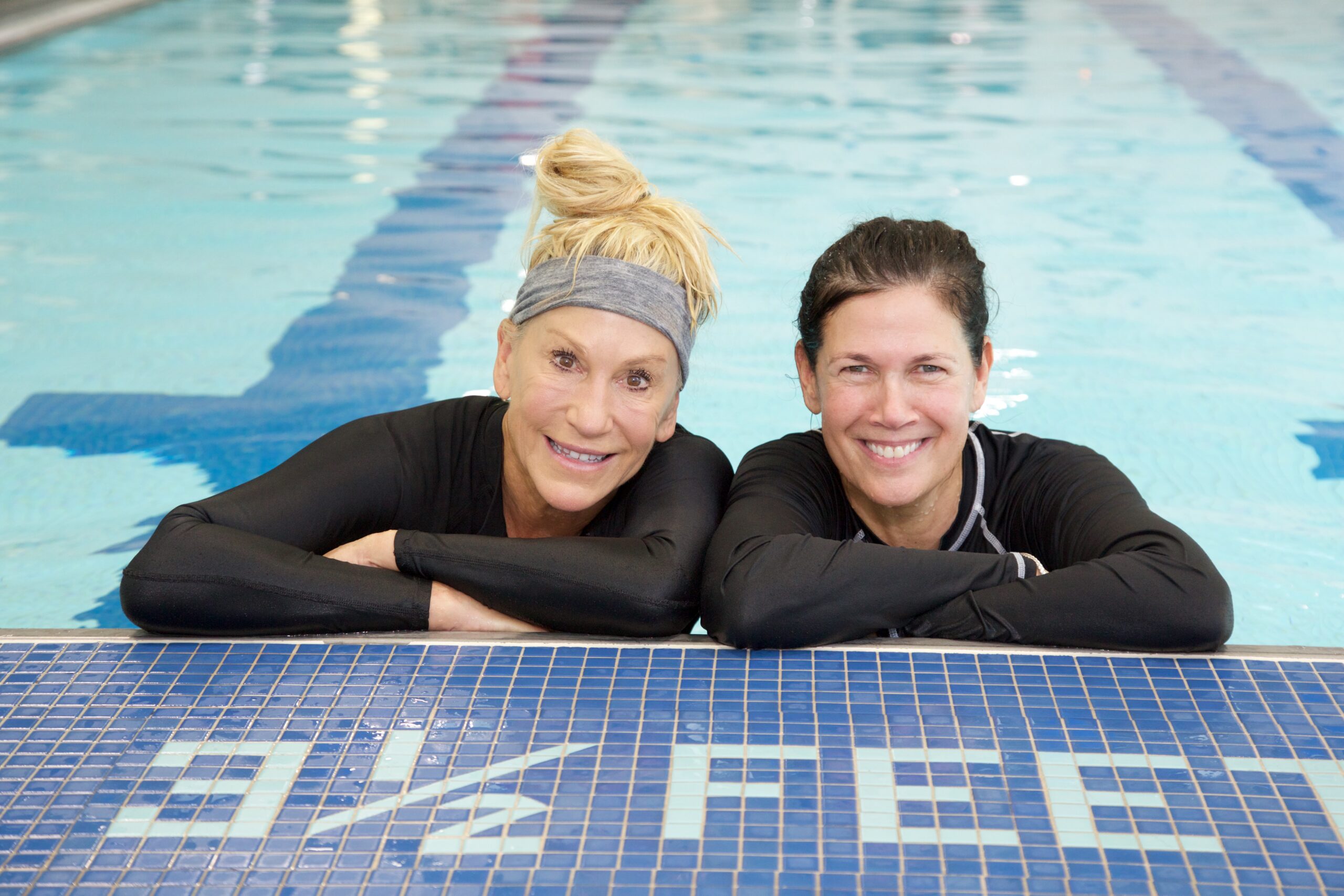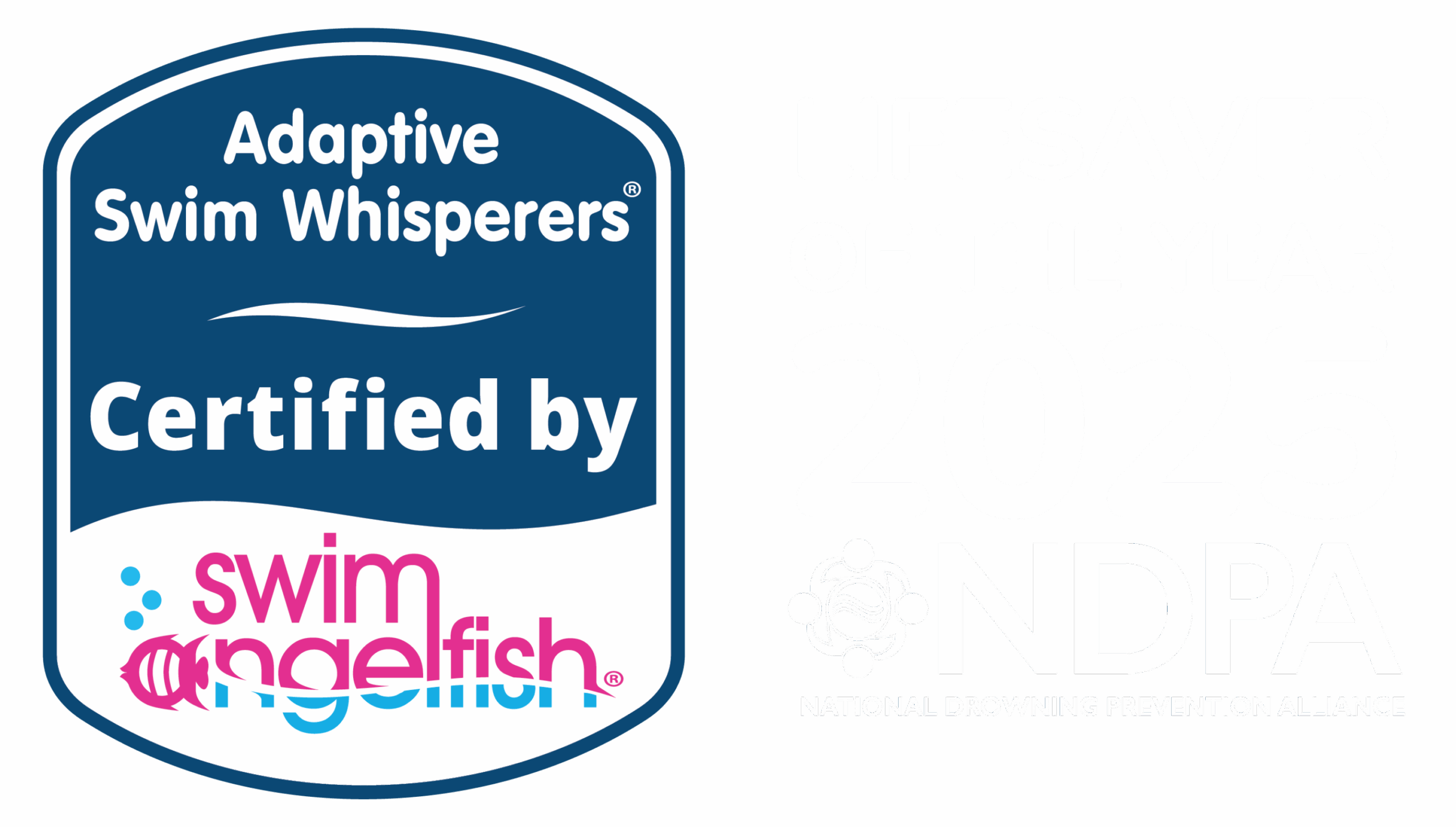How Water Transforms Life for Individuals with Rett Syndrome
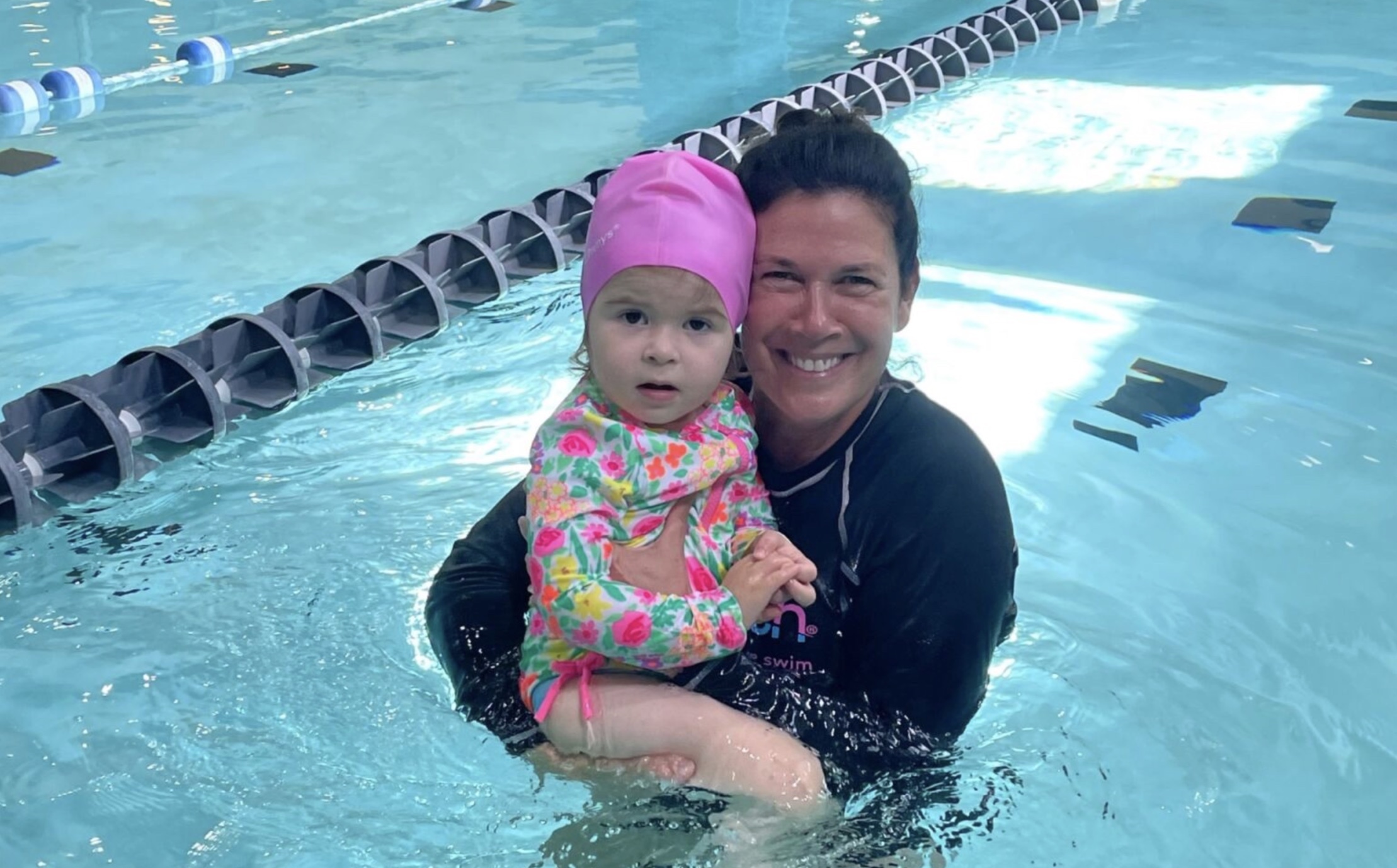
How can the aquatic environment enhance the quality of life for individuals with Rett Syndrome? We will take a deep dive into what Rett Syndrome is, explaining how it affects both physical and cognitive development, and how we adjust our teaching strategies to meet the individual needs of every swimmer, regardless of their challenges.
By understanding the condition and the swimmer’s unique needs, we can create a more effective and compassionate approach to aquatic therapy and adaptive swim.
What is Rett Syndrome?
Rett syndrome is a rare condition that is caused by a mutation on the X chromosome, in the MECP2 gene, primarily affecting girls, but can also affect boys.
It is characterized by a period of normal development and then severe regression by 18 months of age, in motor, language, cognitive, social and breathing function. There can be complications such as seizures and spinal deformities such as scoliosis.
The progression of Rett syndrome varies among individuals and while there is no cure currently, there are huge advances being made in experimental treatments.
To learn more about this condition and the research being done for treatment please visit The International Rett Syndrome Foundation.
Benefits of the Water for Rett Syndrome
Aquatic Therapy and adaptive swim lessons are incredibly beneficial for children and young adults with Rett Syndrome.
For anyone that has ever worked with a client with this condition you know how impactful and joyful being in the water can be for them. From the deep soulful gaze into your eyes, and radiant smiles, you can feel the magic of the water helping with so many things.
Let’s talk about three key therapeutic properties of the water and why they are particularly helpful for individuals with Rett Syndrome:
Characteristic Behaviors Seen in Rett Syndrome
To meet each swimmer’s needs, we must understand the unique presentation of Rett Syndrome and tailor aquatic therapy interventions accordingly.
Case Study: Using Sensory Input to Unlock Balance Reactions in Rett Syndrome
For our swimmers with Rett Syndrome, common motor patterns like hand wringing and hands-in-mouth can interrupt aquatic therapy progress.
The challenge: How do we provide the necessary sensory input to calm these patterns so we can focus on essential functional skills?
Our Solution: Targeted Sensory Input with Wrist Weights
We often use small wrist weights to deliver gentle, consistent input into the hands. This simple adaptation helps keep their hands down and away from the face, clearing the way for functional hand use for swim skills and therapy goals.
Adaptive Strategy: Respect Processing Time
Beyond the weights, successful aquatic therapy or swim skill acquisition requires an understanding of processing time. When working on a skill like balance reactions, you must allow enough time for your swimmer to register the change in their body position and initiate their movement response.
Remember, patience and waiting are key!
See It In Action: Vivien’s Success Story
Watch this powerful tip in action with our sweet swimmer, Vivien (age 2 1/2), who has Rett Syndrome.
Case Study: Tailoring Swim Therapy to Overcome Key Challenges in Rett Syndrome
We’re excited to introduce Maggie, one of our amazing aquatic therapy clients living with Rett Syndrome. Maggie’s journey with aquatic therapy is a powerful example of how personalized adaptive techniques can make a profound difference in the progress of children with special needs.
The Swim Angelfish team knows that while children with Rett Syndrome may not have language, they have an incredible capacity for connection and “look into your soul” like no one else.
The Challenges We Focus On
Throughout this session, we tackle specific movement and safety benchmarks that are often challenging for swimmers with Rett Syndrome.
- 1Forward Weight Shift
Maggie, like many with Rett Syndrome, has difficulty initiating this key motor skill, which affects everything from climbing to changing direction in the water. - 2Rollover
This is a truly important swim skill benchmark for safety and independent mobility. - 3Breathing
Maggie has a tendency to stay underwater while swimming and struggles with the motor planning required to come up for a consistent breath.
Our Adaptive Approach with Maggie
You’ll see how we tailor each activity to Maggie’s unique abilities, ensuring she feels supported, safe, and motivated in the water.
Transforming Ability: The Freedom of Movement
The water allows you to use it’s powerful therapeutic properties to unlock the freedom of movement that gets trapped inside of individuals with Rett Syndrome.
To learn more techniques for working with individuals of all abilities in the water discover our professional online training for both Adaptive Swim and Aquatic Therapy.
